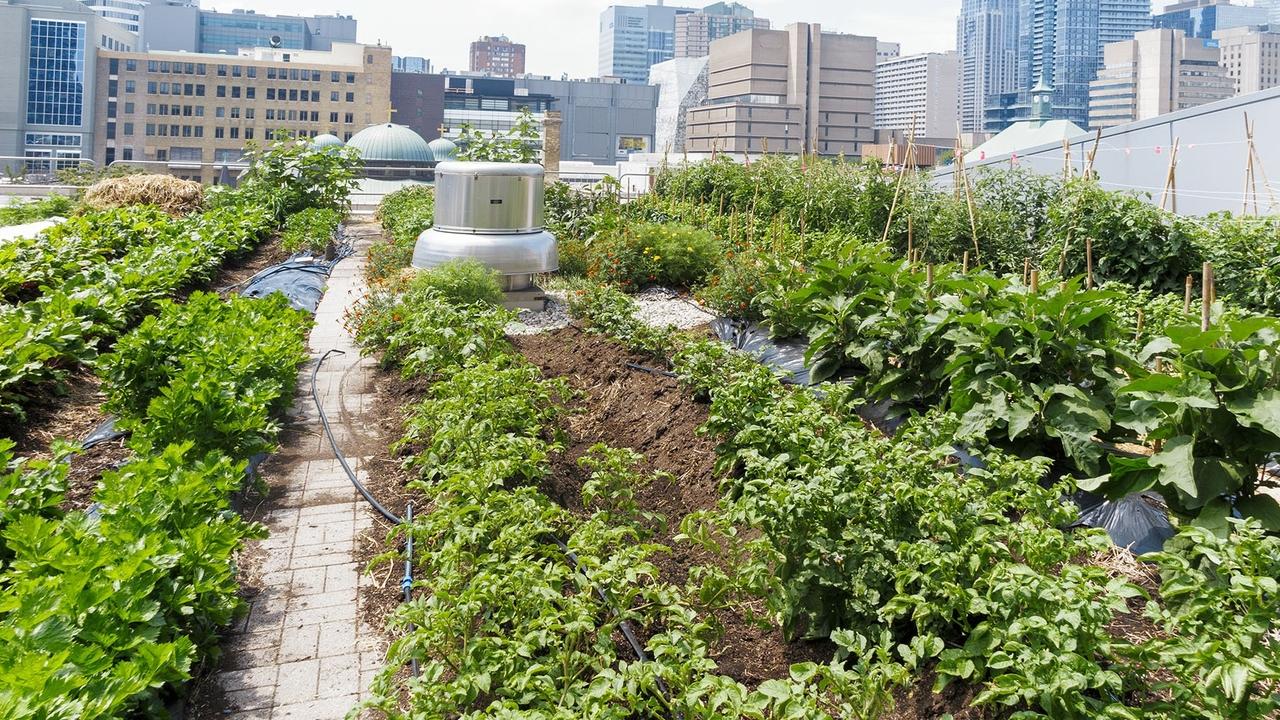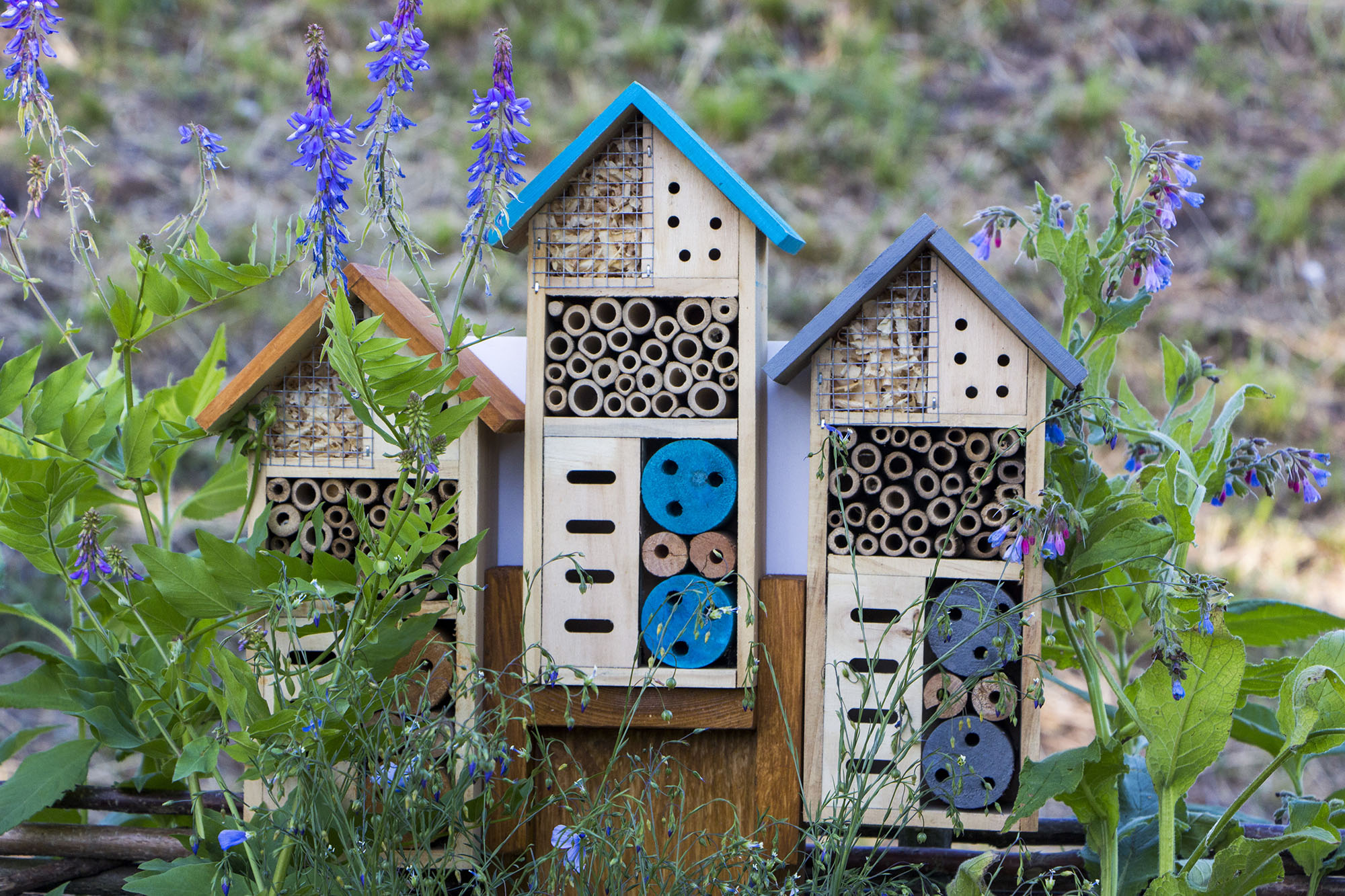Episode 007: Urban Permaculture and Community Impact with Adam Brock
Oct 22, 2019
Taking Permaculture Urban
One of the most beautiful things about permaculture is that it can be applied ANYWHERE! We are so excited to talk to Adam Brock and learn about his endeavors in Episode 007 of the Seeds of Tao Podcast. In the interview we see that while designing and creating food forests for yourself and those around you is awesome and valuable on its own, it definitely not the only form permaculture can take.

Many permies think they are limited to practice permaculture because they reside in an urban environment. Living the urban or suburban life and applying permaculture may be more tricky or complicated, but the results of effective implementation are absolutely astounding.
Personal Scale
How might one go about applying permaculture principles in their urban home? Well, to be honest, that’s a blog post series in itself! But no matter what tactics you may employ, it always starts at the beginning with the 12 Principles, and at the root of those- to observe your environment and THEN interact. You may think you observe plenty, but real, impactful observation is a skill. You can observe many aspects of an urban lifestyle- carbon footprint, food waste, food sources, energy consumption, or water use… the list goes on. A really amazing tactic to raise the level of your observation skills is to physically track your observations. Then you will have a starting point and be able to track the changes you will implement to truly see the impact you’re creating, which will help you have further motivation to increase your positive impact.

To the Community
Permaculture is not made to stay within the four walls of our homes, or the fence posts bordering our land. Community involvement and improvement is essential to amplify our impact and affect the world around us. But community action is a topic that not many permies are familiar with, and may seem more daunting than anything. Community improvement is an amazing outlet to use permaculture to bless the lives of those around you, and spread the word of permaculture to a greater audience.
Observe
One big pitfall, as Adam addresses in the episode, to creating community change is not adequately understanding the environment where your project of choice exists. There is much more than sun, wind, and geographical forces at work on community land. We have to also address its social context and interaction, and socioeconomic positioning within the community around it.
In community spaces, it’s imperative to understand the role it is currently playing in the lives of those who interact with the space, in order to see an opportunity for improvement.

Find the Edges
Oftentimes some of the best opportunities to improve a community environment lie where two types of communities converge. Just as in our garden we can find amazing diversity and unique interactions on the edges of microenvironments, the same exists along the convergence of two different socioeconomic areas. Identifying these zones will provide new opportunities where others may overlook, and create a bigger impact than spaces in the epicenter of a community.
Integration Rather than Segregation
It is impossible to enter a community, change the function of a space, and assume it will be a positive, sustainable change if you are disconnected from the people of that community. There is always a hierarchy of influence in a community, from the hangout house on the corner where all the teenagers hover, to the city council members. The more you get involved in the meetings and events in a community, the more you will be able to see the influencers and decision makers, and those are the people to build relationships with. These relationships are absolutely necessary when it comes to improving a space in a community, as they have further insight into possible improvements that would serve the community, and they have an influential voice to get others in the community to get on board to create and embrace the change.

Slow and Simple Solutions
As you gather your team of supporters and influencers, and move towards change, don’t forget the permaculture principle of Slow and Simple Solutions. Just as we take years to slowly implement our food forests, community programs and projects should be slow and methodical, keeping a good perspective and staying open to adjustments and pivots to better serve the space and community.Though oftentimes the limiting factor will be the local organizations and governments in terms of timeline, we should also keep that in perspective in our mind so that the slow process of creating these changes doesn’t become disappointing and defeating to our spirits.

So look around in your communities, whether you live in a rural, urban, or suburban community, for the positive changes permaculture can have, whether by creating a community food forest, an interactive playground garden, a sustainably built bus stop, a water-filtering basketball court, or a habitat rehabilitation to the local populations of pollinators. Keep the vision growing, and be the change in your community you wish to see.
Additional Community and Urban Permaculture Resources:
*Some recommendations contain affiliate links at no extra cost to you =)
- Adam Brock's Book!
- Adam Himself: Reach out to Adam on his website if you're working on an urban or community permaculture project.
- Larry Santoyo and The Permaculture Academy: Adam mentioned his mentor, Larry in his interview and he definitely has a wonderful program to explore on his site.
- People & Permaculture by Looby Macnamara
- Regenerative Design for Change Makeers by Abrah Dresdale
- The Empowerment Manual by Starhawk
- Social Permaculture Think Tank Facebook Group
If you have been struggling to make sustainable changes in your urban life, we would love to hear about it. We built a survey to better understand the challenges permies are facing around the world and we would love your input.
Also, don’t forget to subscribe, there are lots of amazing episodes coming up we are super excited to share with you.
Keep Growing!
Previous Episode: What Do You Tell Your Friends About Permaculture?
Next Episode: Origins and Lessons from Strawbale Gardening with Joel Karsten
